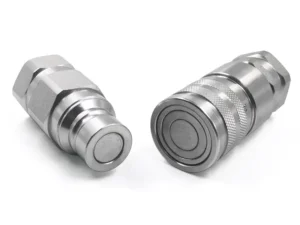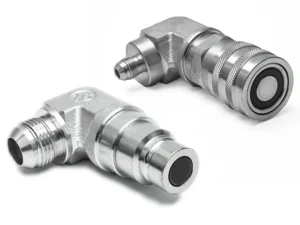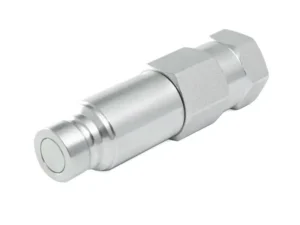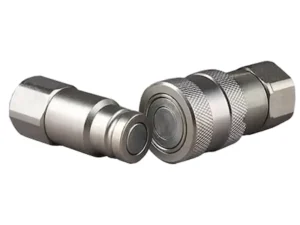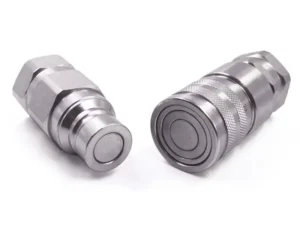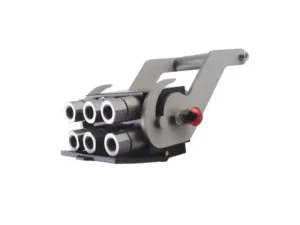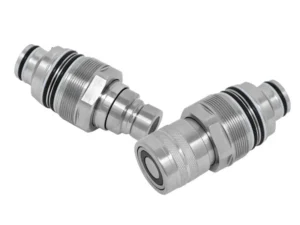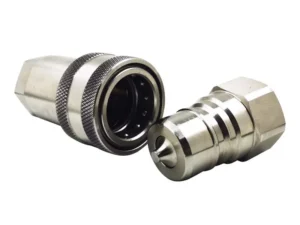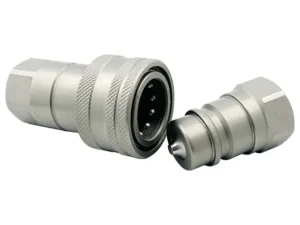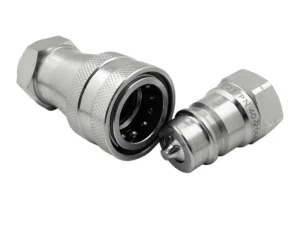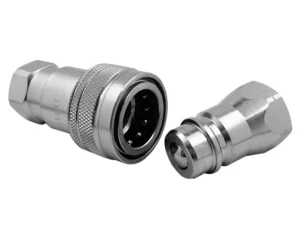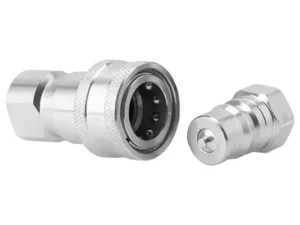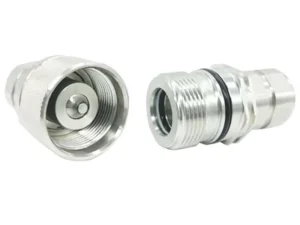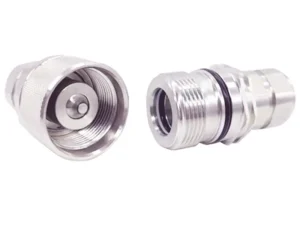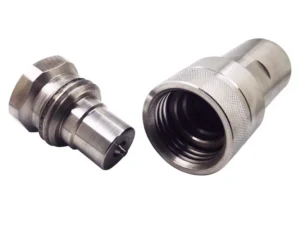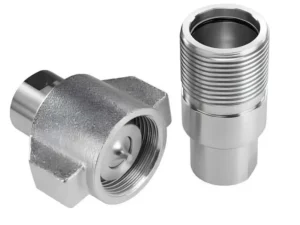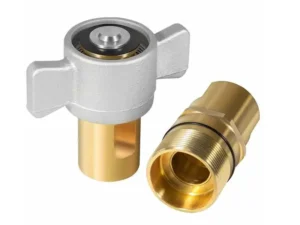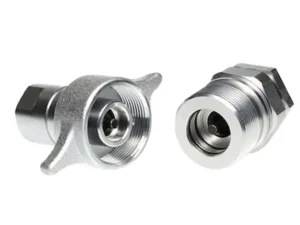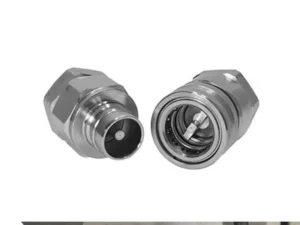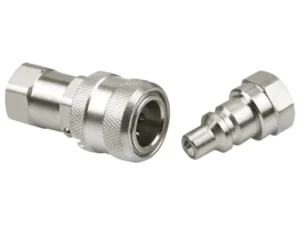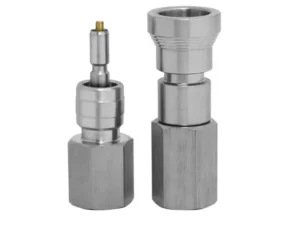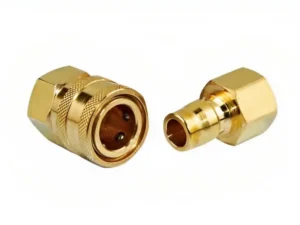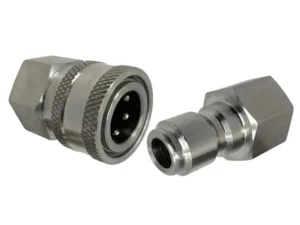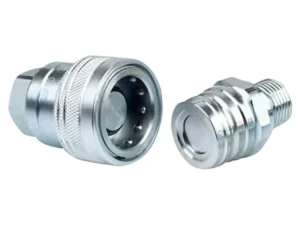Thread For Hydraulic Systems
What is NPT Thread?
NPT stands for National Pipe Taper thread. It’s a tapered thread standard commonly used in North America for pipe and fitting connections in various applications, including:
Key features of NPT threads:
- Tapered threads: The threads have a slight taper, meaning they gradually get narrower towards the end. This taper creates interference when the threads are tightened, forming a seal.
- Requires sealant: NPT threads typically require a sealant, such as Teflon tape or pipe dope, to ensure a leakproof connection.
- Designation: NPT threads are designated by their nominal size in inches (e.g., 1/4″ NPT, 1/2″ NPT).
- Standard: The technical standard for NPT threads is defined by ANSI/ASME B1.20.1.
Advantages of NPT threads:
- Common standard: Widely used in North America, making it easy to find compatible components.
- Strong and durable: The tapered design provides a strong and secure connection.
- Good for high-pressure applications: Can withstand significant pressure without leaks.
Applications of NPT threads:
- Plumbing: Widely used in water and gas pipe systems.
- Hydraulics: Used in hydraulic systems, but often in conjunction with sealants for leakproof connections.
- Compressed air: Used in compressed air systems.
- Fuel lines: Used in fuel lines for vehicles and machinery.
- General piping: Employed in various other piping applications.
Important considerations:
- Sealant: Always use a sealant when making NPT connections to prevent leaks.
- Compatibility: NPT threads are not directly compatible with parallel threads like BSPP or metric parallel threads. Adaptors are required if you need to connect them.
- Overtightening: Avoid overtightening NPT fittings as it can damage the threads and create leaks.
Here are the key dimensions of NPT threads:

Taper:
- The taper rate for all NPT threads is 1 inch of diameter in 16 inches of length (3/4 inch per foot or 62.5 millimeters per meter). This means the threads gradually get narrower by 1 inch for every 16 inches of length. it is about 4°.
Threads per inch (TPI):
- The number of threads per inch varies depending on the nominal size of the thread. Here are common examples:
Major diameter:
- The largest diameter of the thread, measured at the base of the thread.
Minor diameter:
- The smallest diameter of the thread, measured at the crest of the thread.
Pitch:
- The distance between adjacent threads, measured along the axis.
Thread angle:
- The angle between the flanks of the thread, which is typically 60 degrees for NPT threads.
Here’s a table summarizing the dimensions for some common NPT thread sizes:
| Nominal Size (inches) | Major Diameter (inches) | Minor Diameter (inches) | Pitch (threads per inch) |
|---|---|---|---|
| 1/8 | 0.405 | 0.354 | 27 |
| 1/4 | 0.540 | 0.478 | 18 |
| 3/8 | 0.675 | 0.609 | 18 |
| 1/2 | 0.840 | 0.758 | 14 |
| 3/4 | 1.050 | 0.965 | 14 |
| 1 | 1.315 | 1.215 | 11.5 |
Additional notes:
- The taper rate is crucial for creating a tight seal when NPT threads are tightened.
- The threads per inch determine how fine or coarse the threads are.
- The major and minor diameters are important for compatibility with fittings and other components.
- The pitch ensures consistent thread engagement.
- The thread angle is a standard feature of NPT threads.
Always refer to ANSI/ASME B1.20.1 for the full technical specifications of NPT threads.
